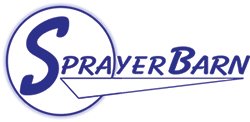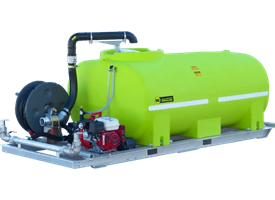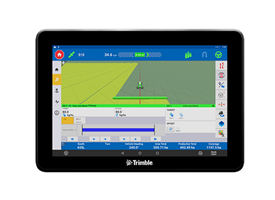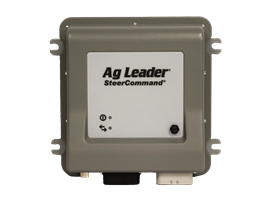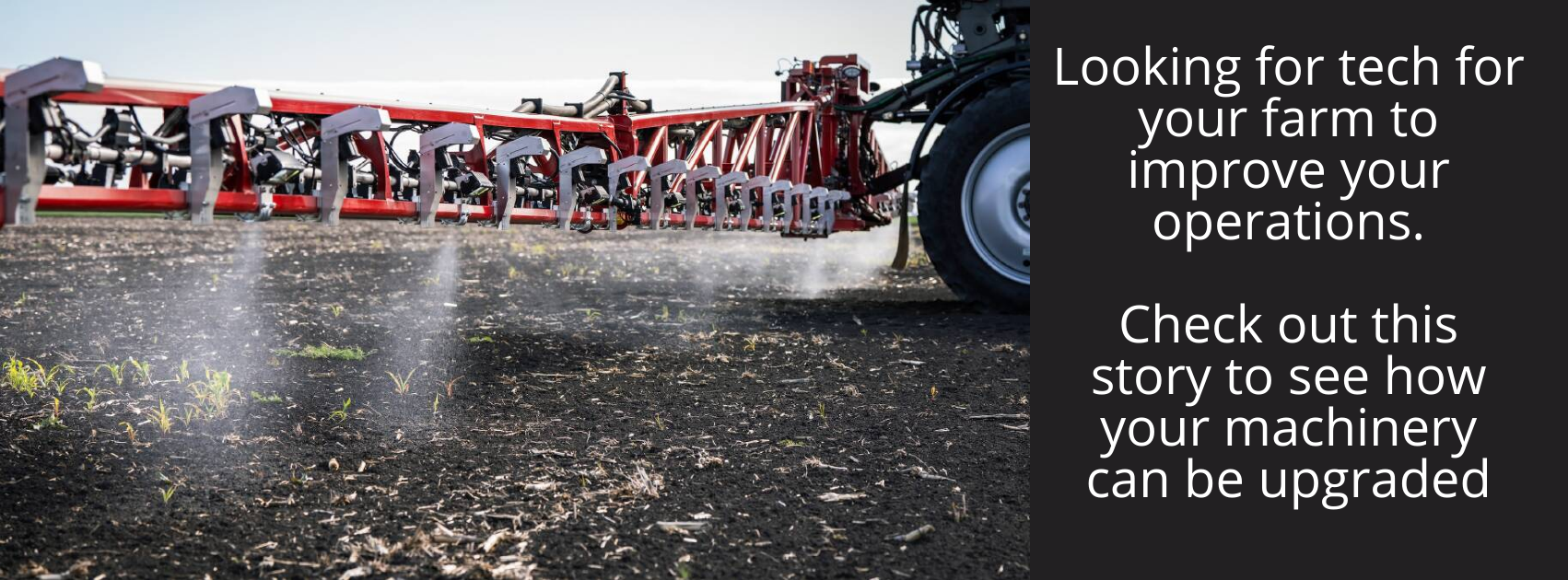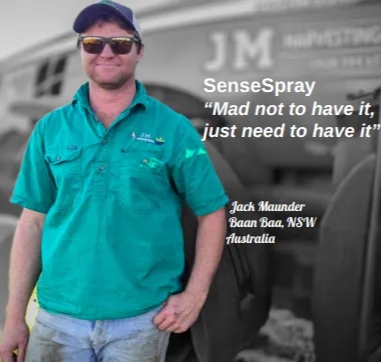Chemical residue in boom sprays poses a continual risk requiring constant management and attention. Residues of herbicides have the potential to cause significant damage to crops, even at very low concentrations. The cost and time involved with decontaminating a boom spray, is very low and is good practice compared with the potential crop losses that could occur.
Recorded incidents where crops were damaged by residue in most cases involved experienced operators who have not had issues in the past. In some cases, the crop damage occurred over several loads being applied days or weeks after the boom spray had been decontaminated. Many cases are not even recorded or even noticed as the loss is in the vicinity of 2-5%.
Especially at this time of the year when you may be going between different crop types with Post Emergent or selective herbicide, damage or setback can be caused to the next crop sprayed due to previous sprays.
Common unwanted chemical deposits points include elbows and joins along the spray line, filter screens, single and possible multi position nozzle bodies including their non drip mechanisms, section and regulating valves, pressure gauge line, flowmeter, nozzles, chemical hopper lines, agitation lines, drain line, product pump, around the rim of the lid inside the tank and more. The installation and use of tank rinse nozzles can eliminate the need to physically rinse the top of the tank.
An easy way to decontaminate booms from all herbicides is the use of a Chlorinated alkali-based detergent formulated for the cleaning and decontamination of all agricultural spraying equipment like Delta Boom Clean or Absolute Boomer.
The concentration of Chlorine in such products serves to sanitise while the Sodium Hydroxide acts as an alkaline cleaner. Granular products are preferred, as they are more stable and have a longer shelf life, remembering that Liquid Chlorine has a limited shelf life once opened.
Other formulations can be used to decontaminate, like laundry washing liquid to different concentrations of Ammonia and Chlorine (not in the same mixture!) and Sodium hydroxide, depending on the type of chemical needing decontamination however, the formulation contained in Delta Boom Clean and Absolute Boomer will cover most decontamination without need for other product.
4 easy steps to Chemical Boom Decontamination
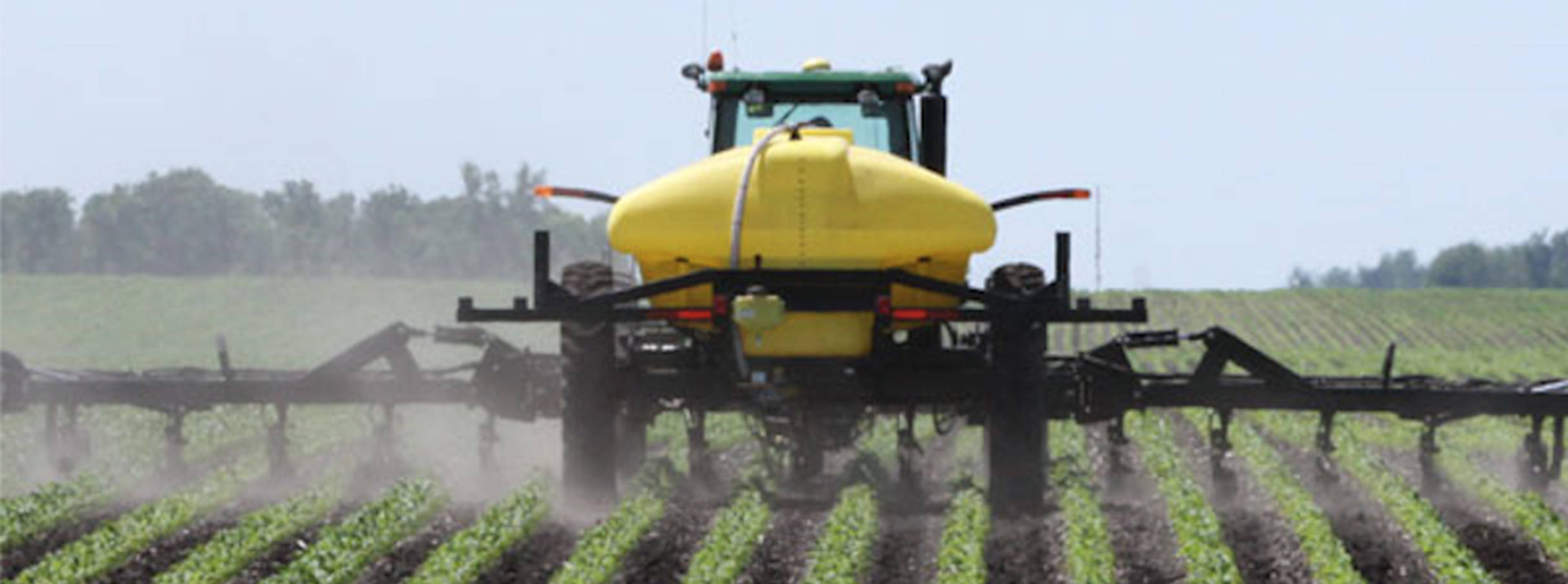
Drain the tank and refill with clean fresh water. Rinse the boom and nozzles by spraying freshwater for 5 minutes at a time, one section at a time, increasing and decreasing the pressure to flush the line. During this process ensure any boom taps and chemical hopper taps are turned on and off and any pressure gauge lines are disconnected at the pressure gauge and allowed to flush. Remove the filter screens, remove residue, clean and inspect and reinstall. Repeat this procedure three times.
Fill the tank to 1/3 the capacity and add the appropriate Boom Cleaner solution as directions indicate. Flush following all steps as in step 1 ensuring that the tank and lid is flushed with Boom Cleaner Solution. The use of detoxification sprinklers inside the product tank ensures the tank is flushed. Allow to stand for 15 minutes or overnight if possible
Repeat step 1 to ensure all Boom Cleaner is removed from the unit. i.e. freshwater flush
For long term storage use radiator coolant diluted as per instructions and flushed through the sprayer.
If you have any questions, please feel free to leave a comment or contact us here.
